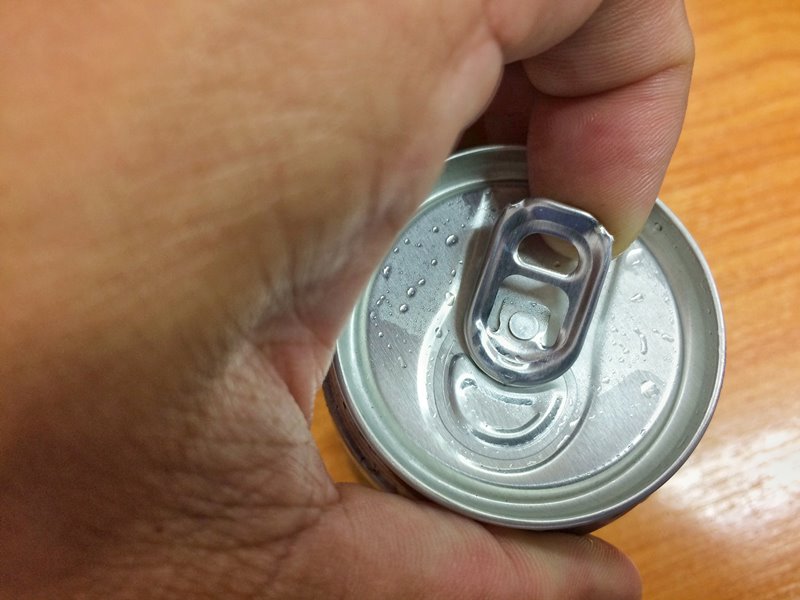The evolution of wine in cans
Innovative approaches to enhance the shelf life and quality of canned wines
2023-11-23

Glass bottles have long been the preferred packaging for wine, but the concept of canned wine is not entirely new. Its roots can be traced back to 1917, during World War I, when the French army supplied its soldiers with wine rations in metal cans. The first commercial canned wines appeared in the mid-1930s, with Acampo, a Californian winery, pioneering the movement in 1936 with a canned Muscatel, followed by Vin-Tin-Age's similar product.
Despite the early innovation, the journey of canned wine has been fraught with challenges. From the early issues of turbidity in wine and the degradation of plastic linings to the corrosion of the cans themselves, which led to an unpleasant sulfur smell due to the conversion of sulfur dioxide (SO2) to hydrogen sulfide (H2S), the road has been bumpy. Recent developments have addressed some of these issues, particularly aluminum-induced turbidity, but the problem of sulfur odors persists.
The global market for canned wine, valued at approximately $211.4 million in 2020, is expected to grow at an annual rate of 13.2% through 2028. The United States alone has witnessed a surge in this segment, with over 250 wine producers and 600 canned products, including popular varietals like Sauvignon Blanc, Chardonnay, Moscato, and Pinot Noir. Despite this growth, the quality of canned wines remains a concern, often leading consumers to perceive them as lower-quality products with limited shelf life.
The complex issue of maintaining the quality of canned wine necessitates a multifaceted approach. Factors such as pH levels, SO2 concentrations, metal content (especially aluminum), oxygen (O2), and chlorine (Cl) play critical roles. A key concern is the formation of H2S, which imparts a rotten egg aroma. This is influenced by the low redox potential in canned wines, which favors the formation of H2S over other sulfur compounds. Recent strategies to mitigate these issues include controlling oxygen transfer with innovative closure technologies, like the Korked spin, and adjusting wine pH and SO2 levels.
Reducing metal content in wine, both before and after packaging, is crucial. Electrochemically labile copper (Cu) levels above 25 μg/L can limit the formation of free H2S. Recent studies have shown promising results in binding labile Cu in wines post-bottling. One promising approach to reduce metal content is the use of the copolymer PVI/PVP, commonly used in wine production as a clarifying agent to remove various metals. It has been effective in eliminating most Cu and H2S complexes in white wines.
Additionally, advanced filtration systems, such as deep filtration with diatomaceous earth, have proven more effective than polyethersulfone membranes in removing Cu bound to sulfur (Cu-sulfur fraction III). However, further studies are needed to develop practices tailored to the composition and style of each wine.
The next generation of canned wines should focus on using improved cross-linked polymers to reduce aluminum migration during wine storage. This calls for transdisciplinary studies to understand the specific interactions between product and packaging, the technological peculiarities of the canning process, and the physicochemical and sensory complexities of canned wine during storage.
While the canned wine industry has made significant strides, ongoing research and innovation are vital to overcome the remaining challenges and ensure the quality and consumer acceptance of this growing segment.
Founded in 2007, Vinetur® is a registered trademark of VGSC S.L. with a long history in the wine industry.
VGSC, S.L. with VAT number B70255591 is a spanish company legally registered in the Commercial Register of the city of Santiago de Compostela, with registration number: Bulletin 181, Reference 356049 in Volume 13, Page 107, Section 6, Sheet 45028, Entry 2.
Email: [email protected]
Headquarters and offices located in Vilagarcia de Arousa, Spain.